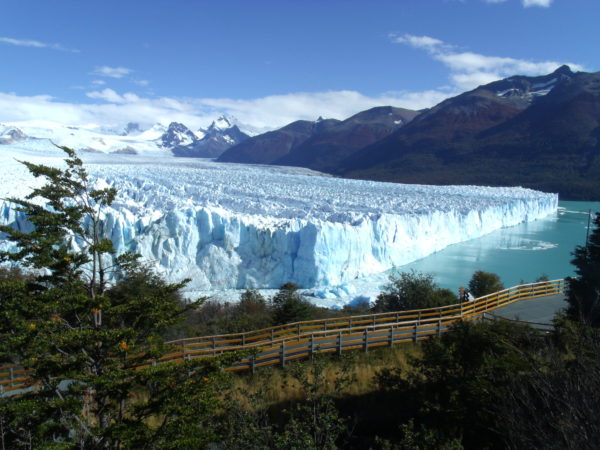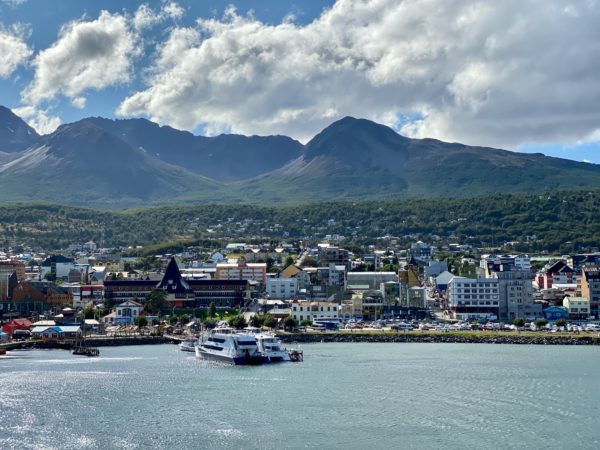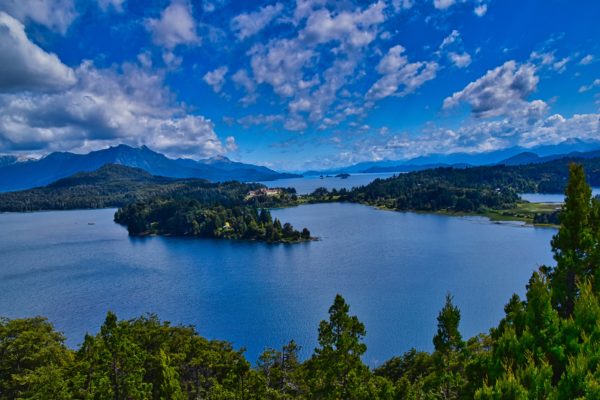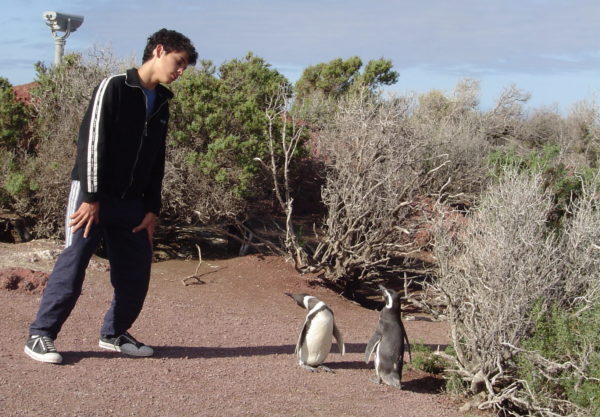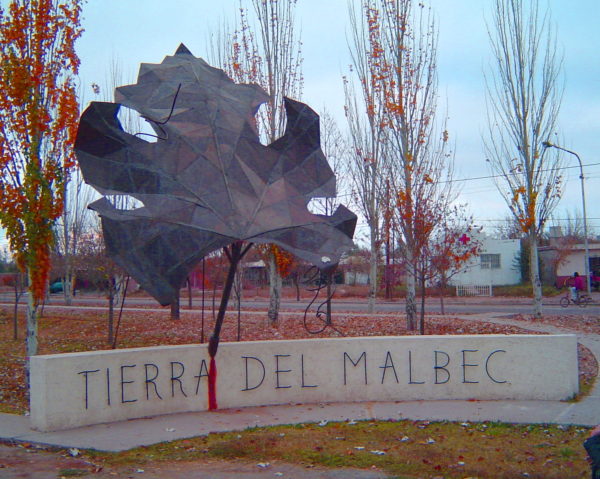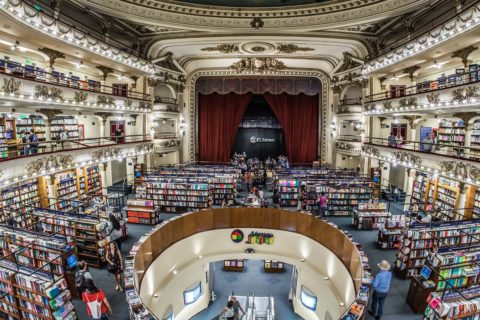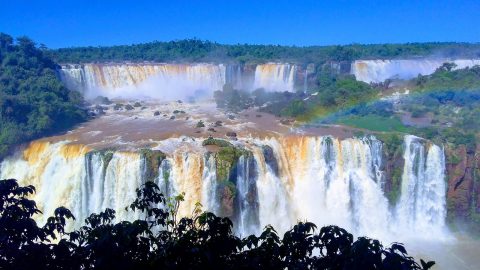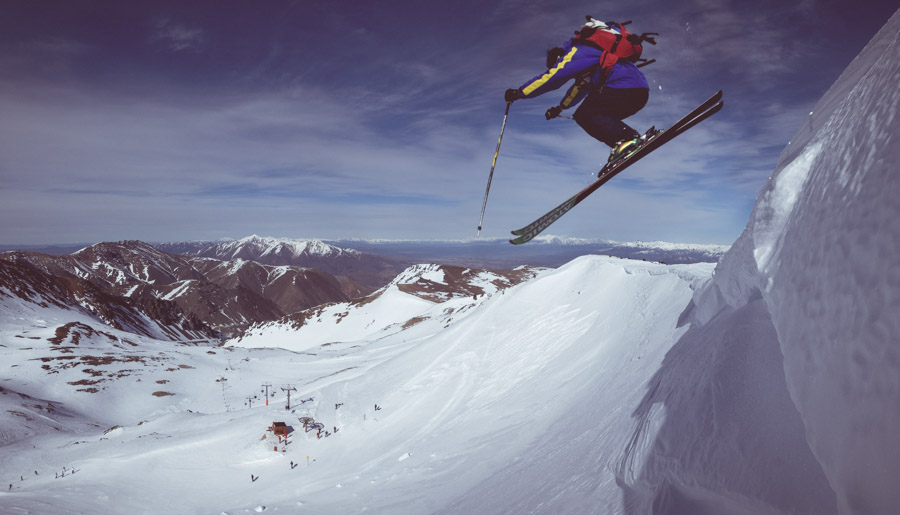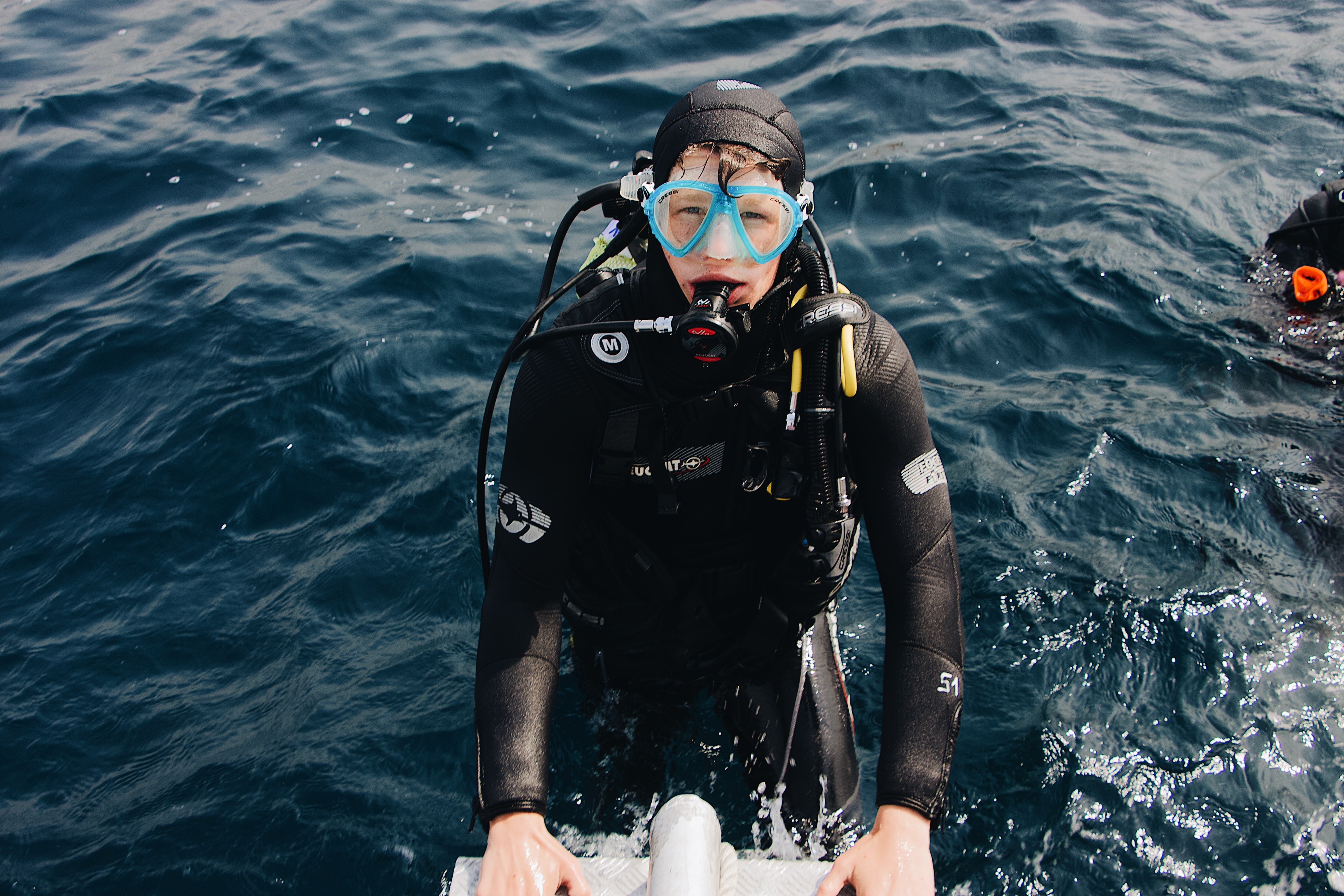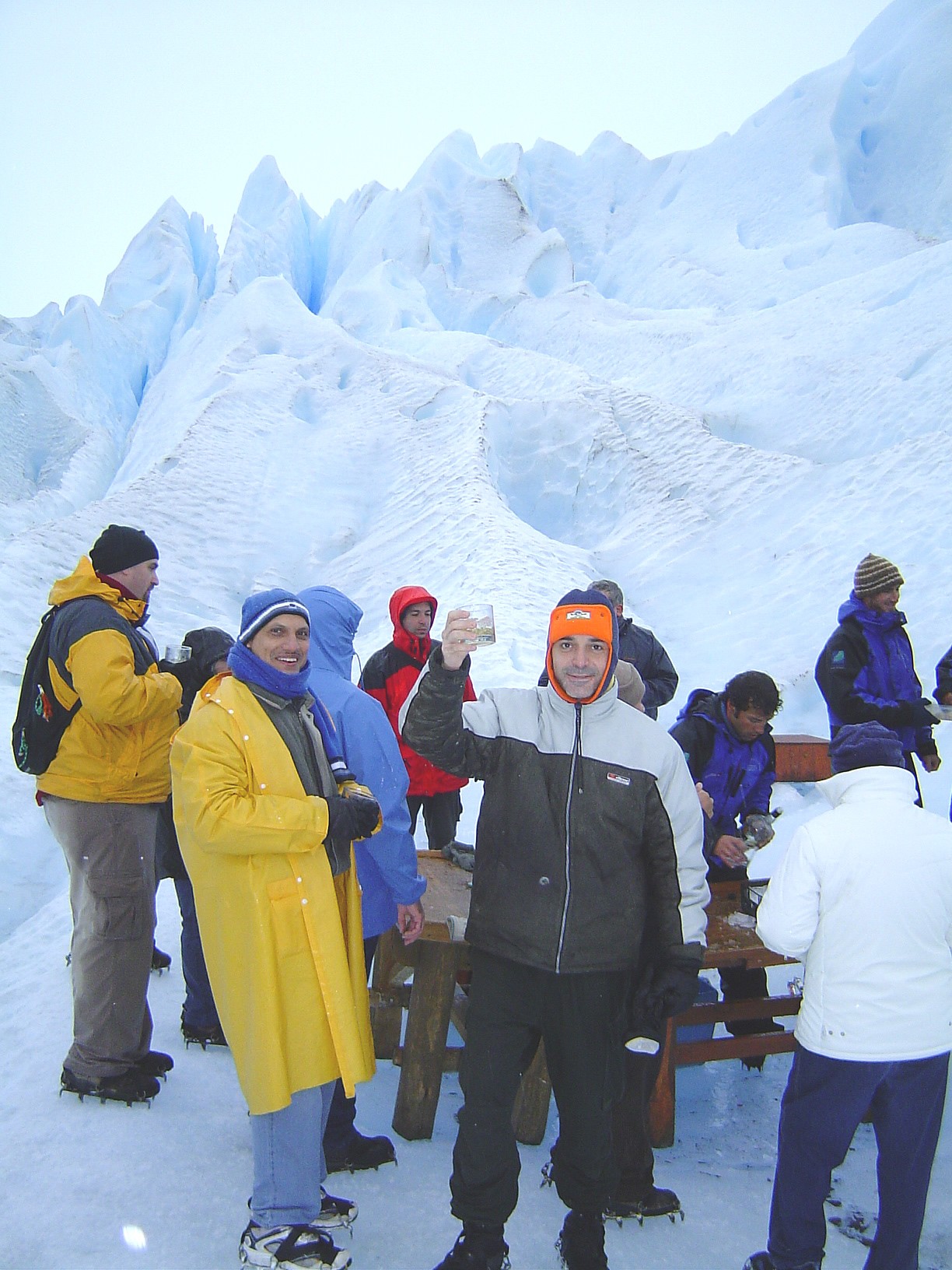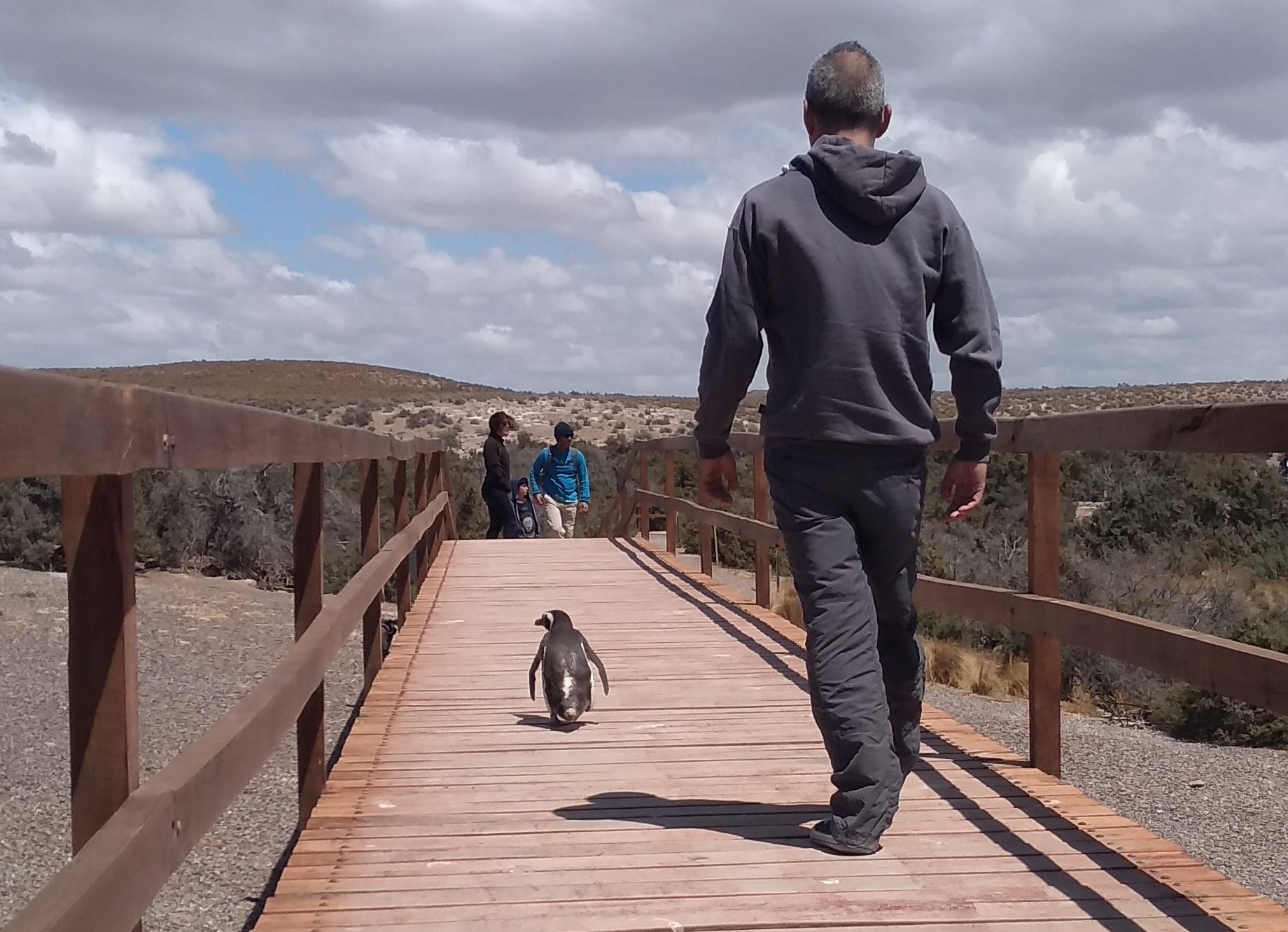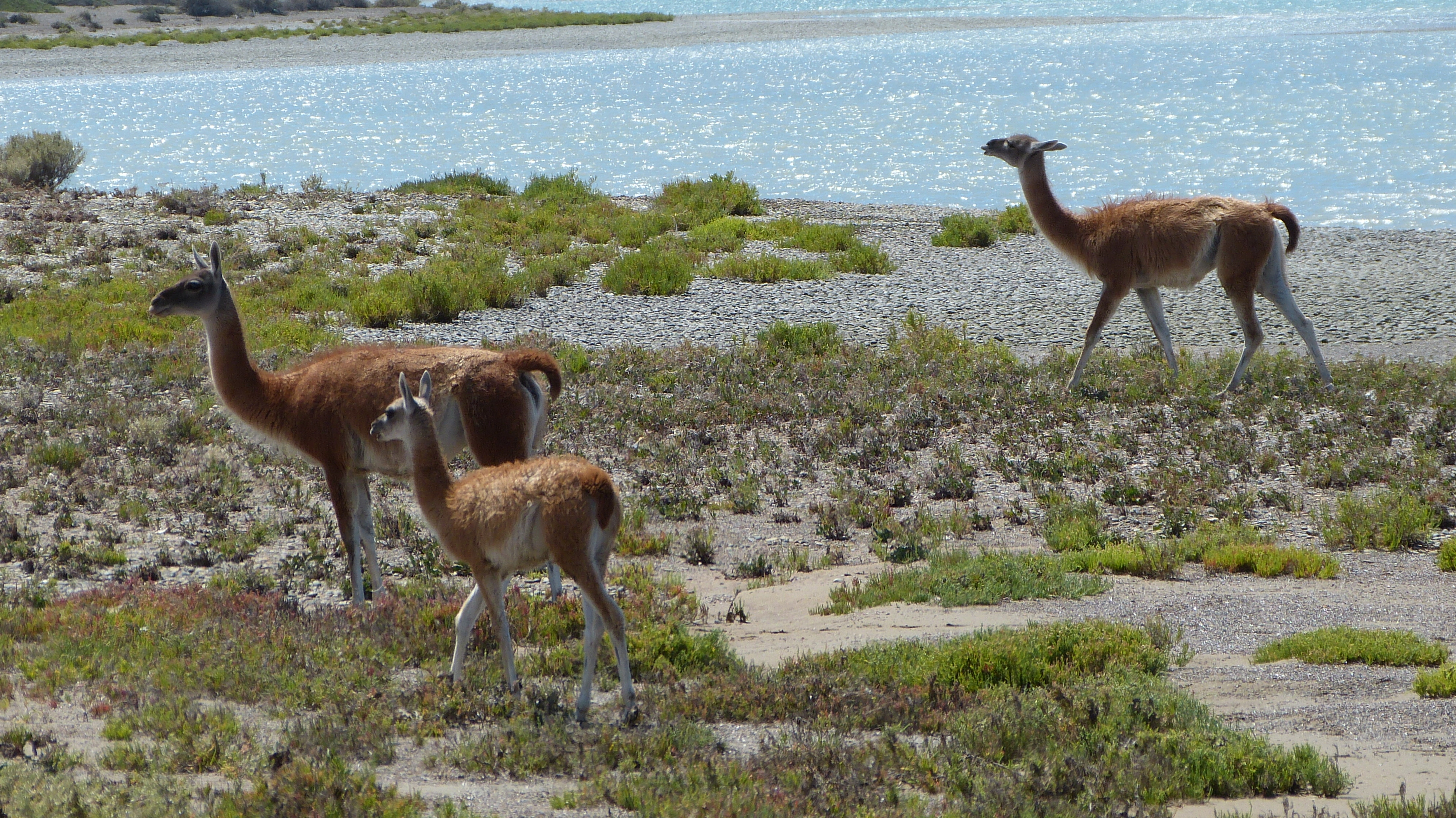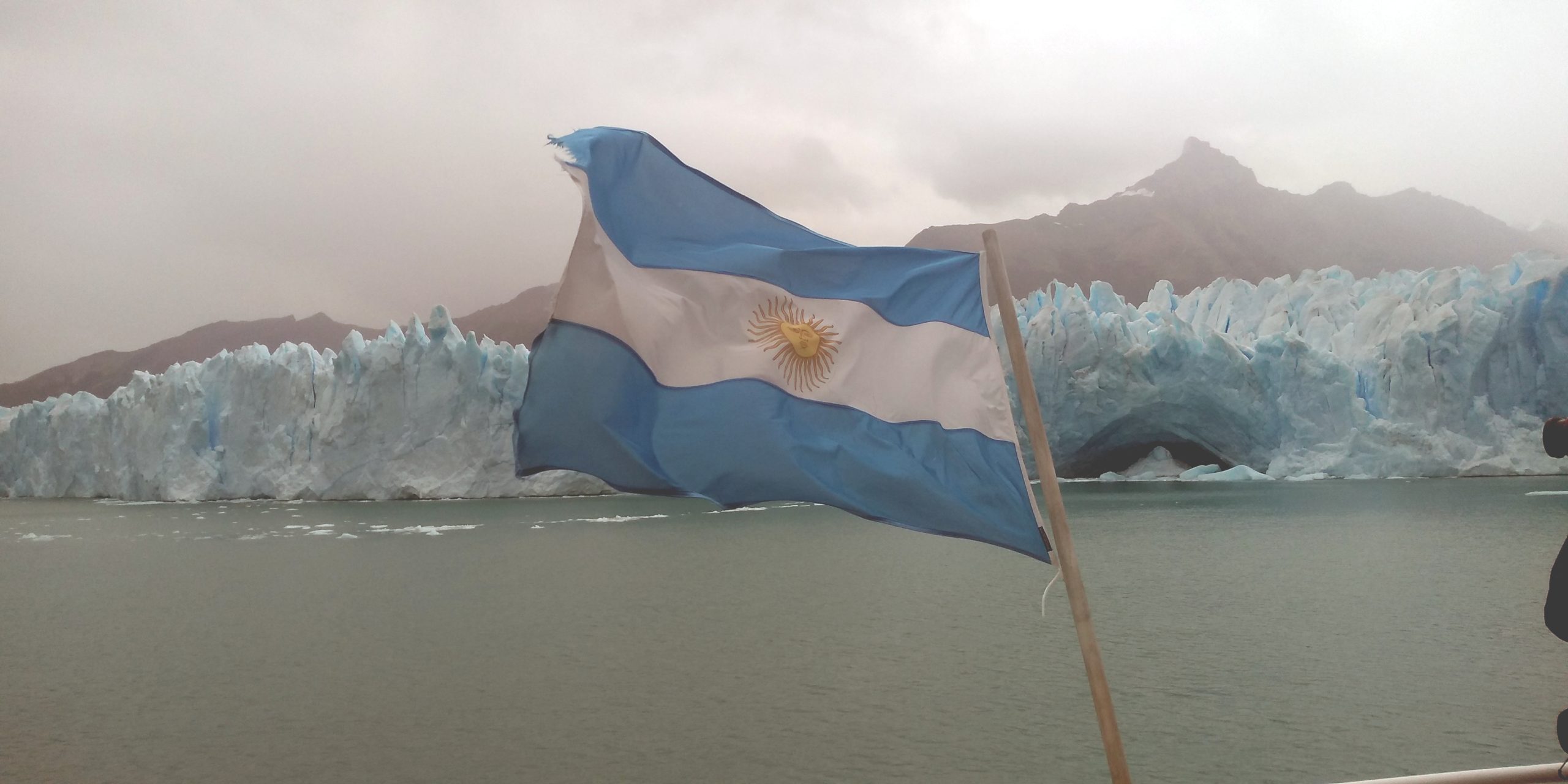Absolute Argentina
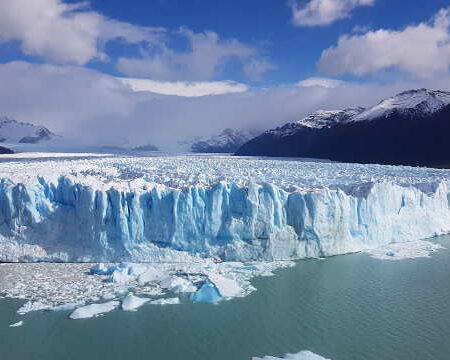
Available all year round, departs daily.
Duration: 13 days.
Destinations: Buenos Aires, El Calafate, Puerto Iguazú, Ushuaia.
Highlights: Caminito Street, Beagle Channel, Perito Moreno Glacier, Spegazzini Glacier, La Boca, Lake Argentino, Lake Escondido, Navegación, The Glaciers National Park, Tierra del Fuego National Park, Recoleta, San Telmo, Tango, Train of the End of the World
Duration: 13 days.
Destinations: Buenos Aires, El Calafate, Puerto Iguazú, Ushuaia.
Highlights: Caminito Street, Beagle Channel, Perito Moreno Glacier, Spegazzini Glacier, La Boca, Lake Argentino, Lake Escondido, Navegación, The Glaciers National Park, Tierra del Fuego National Park, Recoleta, San Telmo, Tango, Train of the End of the World
The ultimate trip for those eager to discover Argentina’s most iconic destinations: the majestic Perito Moreno Glacier in El Calafate, the awe-inspiring End of the World in Ushuaia, the vibrant and captivating Buenos Aires, and the world-renowned Iguazú Falls. This 13-day comprehensive journey is packed with the best excursions...
Adventures in Patagonia
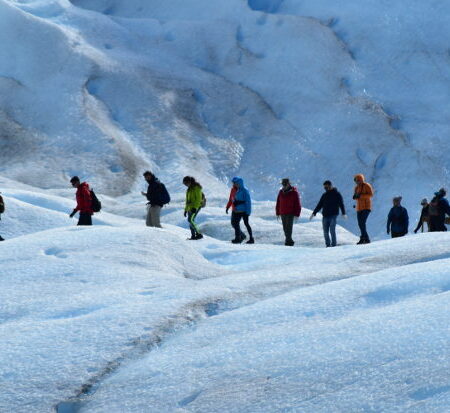
Available from October up to April, departs daily.
Duration: 7 days.
Destinations: El Calafate, Ushuaia.
Highlights: Adventure, Beagle Channel, Estancias, Perito Moreno Glacier, Upsala Glacier, Lake Argentino, Lake Escondido, Lake Fagnano, Navegación, The Glaciers National Park, Tierra del Fuego National Park, Hiking / Trekking
Duration: 7 days.
Destinations: El Calafate, Ushuaia.
Highlights: Adventure, Beagle Channel, Estancias, Perito Moreno Glacier, Upsala Glacier, Lake Argentino, Lake Escondido, Lake Fagnano, Navegación, The Glaciers National Park, Tierra del Fuego National Park, Hiking / Trekking
A trip designed for active travelers and thrill-seekers! It combines the two most emblematic destinations: El Calafate, the capital of the glaciers, with Ushuaia, the icon of the End of the World. In each place, the selected hotels, the excursions and the services chosen make the difference with...
Marpatag cruise: The spirit of the Glaciers
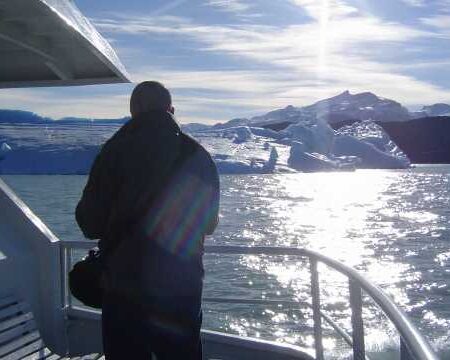
Available from September up to April, departs tuesday and fridays.
Duration: 3 days.
Destinations: El Calafate.
Highlights: Cruises, Perito Moreno Glacier, Spegazzini Glacier, Upsala Glacier, Lake Argentino, The Glaciers National Park
Duration: 3 days.
Destinations: El Calafate.
Highlights: Cruises, Perito Moreno Glacier, Spegazzini Glacier, Upsala Glacier, Lake Argentino, The Glaciers National Park
Walls over 50 meters high, thousand-year-old ice of deep blue, majestic icebergs, long Patagonian sunsets that paint the sky in reddish tones, and nights so dark that they allow the Milky Way to be reflected on the surface of the lake. A new ship, the Santa Cruz cruise,...
El Calafate and El Chaltén Express
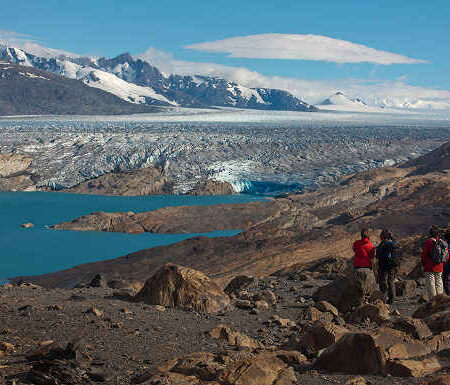
Available from October up to April, departs daily.
Duration: 5 days.
Destinations: El Calafate, El Chaltén.
Highlights: Adventure, El Chaltén, Perito Moreno Glacier, The Glaciers National Park, Hiking / Trekking
Duration: 5 days.
Destinations: El Calafate, El Chaltén.
Highlights: Adventure, El Chaltén, Perito Moreno Glacier, The Glaciers National Park, Hiking / Trekking
This is a tour in which you will interact with nature in an active way. At El Calafate, you will see the imposing Perito Moreno from the walkways. The Gourmet Glaciers Experience will grant you the possibility of getting to know the other ice giants within the National...
